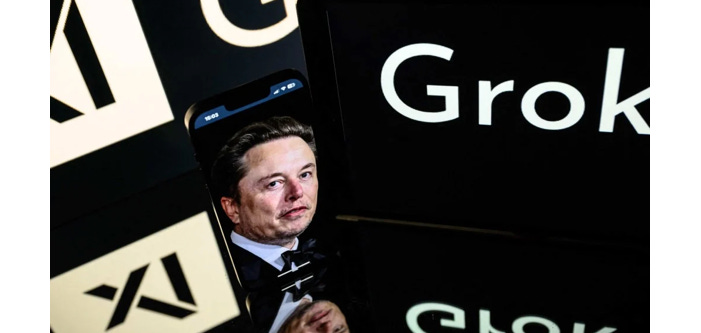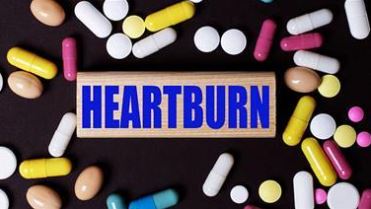I was thinking of how to best communicate the benefits of investing time in preserving your health rather than just doing what most people do.
In financial advisory worlds (one of my backgrounds) the power of compound interest, applied to even a small sum over decades, is well recognised as a huge lever to building wealth.
Yet most people do not maintain a consistent investment strategy as part of the management of their personal finances. So much so that the Australian government, on predicting an inability to pay pensions to support an aging population, chose to mandate compulsory superannuation contributions.
Part of this failure to predict future consequences comes from the constant dragging of attention to present time spending by people and organisations wanting to sell you their products/services.
Reports suggest the average Australian is exposed to a conservative 4,000 ads a day with some proposing it’s closer to 10,000. (https://www.mi-3.com.au/06-03-2023/bombarded-4000-ads-every-day-distraction-economy-what-key-attention-hint-its-not-making)
So one of the things you can do to improve your prediction and planning is to plan a specific time-out period at the beginning of each day to plan your day and another at the end of the day to review the day’s activities and start to plan the next day’s activities.
But I digress. Back to you and how to maintain your health.
Instead of focusing on the negatives, regarding exercise as a chore or eating healthy as a restriction on eating food that tastes good, why not maintain focus on the positives – thinking of eating healthy and exercise in terms of an investment in your ability to continue to enjoy life as you age, rather than suffering in your declining years?
Now criminals have in common at least three characteristics of which I am aware.
Low self-esteem
Inability to create
Inability to predict consequences
The low self-esteem results in a criminal being willing to contemplate and do actions a person with high self-esteem would not contemplate let alone undertake.
The inability to create results in a criminal having to steal from those who can create.
The inability to predict consequences results in a criminal not predicting they will be caught and incarcerated for their crimes.
Looking over what is euphemistically described as our current civilization, I see a lot of people not accurately predicting the consequences of their actions and suffering from that.
One of the projects I often give a person in their teens or twenties is to survey their parents, aunts and uncles and list their health issues. Figuring they have similar genetics and probably very similar diets.
Then ask the relative to share what changes they would make to prevent those health issues from developing if they had their time over again.
Now, their thoughts may not yield the entire picture so feel free to do some research to confirm/clarify/expand the measures you could take to set yourself up for a long and healthy life.
Then make a list of those changes. You could arrange them in ease of implementation or order of relative benefit.
Once you have done that, look over your list and decide what the first change will be that you will implement into your regime to prevent future health problems.
It could the the easiest change to implement or the one you think will make the biggest difference. But it should be one you can commit to implementing.
Once you have successfully incorporated that improvement into your regime, simply rinse and repeat. Pick the next one and implement it. Again, it could be the easiest or the most beneficial.
Continue doing this until you work your way through the list.
There is another way to determine what you need to do to improve your health and longevity. And get a much larger list of things you can change, add or drop to your regime. Pick up a copy of How To Live The Healthiest Life: https://howtolivethehealthiestlife.com/













